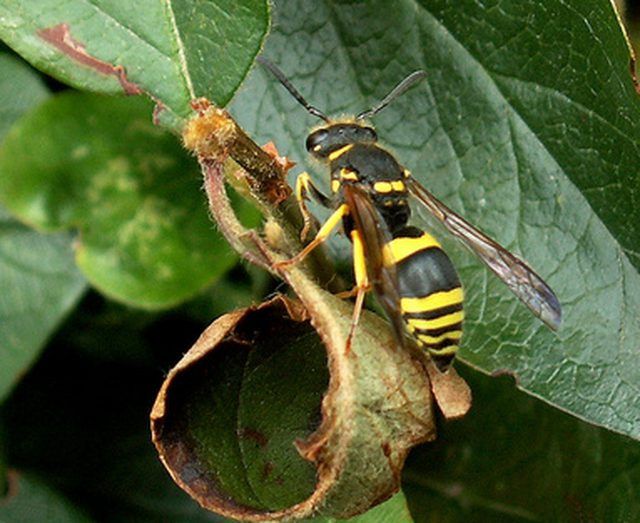Bulbs
Flower Basics
Flower Beds & Specialty Gardens
Flower Garden
Garden Furniture
Garden Gnomes
Garden Seeds
Garden Sheds
Garden Statues
Garden Tools & Supplies
Gardening Basics
Green & Organic
Groundcovers & Vines
Growing Annuals
Growing Basil
Growing Beans
Growing Berries
Growing Blueberries
Growing Cactus
Growing Corn
Growing Cotton
Growing Edibles
Growing Flowers
Growing Garlic
Growing Grapes
Growing Grass
Growing Herbs
Growing Jasmine
Growing Mint
Growing Mushrooms
Orchids
Growing Peanuts
Growing Perennials
Growing Plants
Growing Rosemary
Growing Roses
Growing Strawberries
Growing Sunflowers
Growing Thyme
Growing Tomatoes
Growing Tulips
Growing Vegetables
Herb Basics
Herb Garden
Indoor Growing
Landscaping Basics
Landscaping Patios
Landscaping Plants
Landscaping Shrubs
Landscaping Trees
Landscaping Walks & Pathways
Lawn Basics
Lawn Maintenance
Lawn Mowers
Lawn Ornaments
Lawn Planting
Lawn Tools
Outdoor Growing
Overall Landscape Planning
Pests, Weeds & Problems
Plant Basics
Rock Garden
Rose Garden
Shrubs
Soil
Specialty Gardens
Trees
Vegetable Garden
Yard Maintenance
How Do Wasps Communicate?
How Do Wasps Communicate?. Wasps employ different means of communication--their antennae, without which a wasp would be deaf, unable to smell or hear, and pheromones which a queen uses to attract a mate and control her workers. Toward humans, however, the wasp's only form of communication is through its stinger which makes it difficult to afford...

Wasps employ different means of communication--their antennae, without which a wasp would be deaf, unable to smell or hear, and pheromones which a queen uses to attract a mate and control her workers. Toward humans, however, the wasp's only form of communication is through its stinger which makes it difficult to afford any sympathy toward a bug that looks a lot more menacing that it actually is.
The Mighty Antennae
The antennae are made up of a stout base that is attached to the head with a ball-and-socket type joint, and 11 short joints (12 in the male) that make up a long, flexible tip, called a flagellum. The antennae are capable of moving and rotating in many directions in order to touch, smell and hear.
The antennae are covered with short, sensitive hairs that help the wasp identify objects more effectively than we can with our fingers. There is also a multitude of microscopic hearing and smelling organs on the flagellum.
Communication Outside the Hive
When wasps meet, they communicate through their antennae. A familiar wasp might offer some of the honey it holds in its stomach, but if unrecognized, the approaching wasp would most likely just fly away.
Wasps also communicate visually, recognizing each other through differing facial patterns.
Home Defense
The venom in a wasp sting contains a pheromone that acts like an alarm to other wasps and which is also emitted when a wasp dies. For this reason, it's never a good idea to swat one near a nest.
The size of the territory a wasp will defend varies with each species and size of the colony, but in general, wasps can detect the release of pheromones within a 20 foot radius.
Food and Pheromone
Where wasps don't seem to communicate with each other is in the discovery of food, but a worker at the hive might communicate the need for more or less of whatever nutrient the wasp has brought by using her haste in emptying the forager's sacs. Quick attendance might mean more is needed while a slower approach, the opposite.
Inside the nest, worker wasps, which lack the ability to digest raw food (usually paralyzed insects), instead feed it to the larva which in turn regurgitate a soupy mix that the worker needs to survive. This type of exchange is called "trophollic feeding' and is part of the social network inside the nest.
The queen also emits a pheromone that controls the workers and prevents them from developing sexually.
Solitary Wasps
Solitary wasps don't live in colonies like hornets and other species that build paper nests and will instead, lay their eggs where there's a ready food supply. The braconid wasp, for example, will lay its eggs on tomato hornworms while the mud dauber supplies spiders to its young. Another example is the cicada killer, a wasp that will lay her eggs inside a developing cicada.
Solitary wasps do not attend their young.